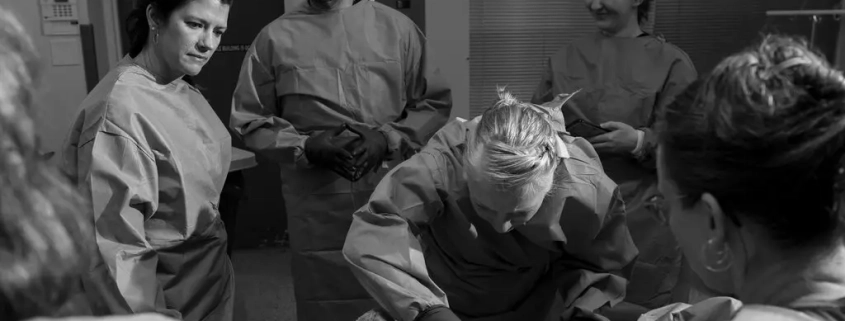
Jane Sato thought she understood the abdominal muscles. For the first decade that she taught Pilates and yoga in New York City, she would tell her students to pull their belly button into their spine to strengthen their core.
But when she saw what actual abdominal muscles looked like during a human cadaver dissection workshop at Mount Sinai Hospital — the crisscrossed layers of tissue, the way the muscles also ran back to front and up and down — she realized her words weren’t nearly as instructive as they could be.
“There’s just a lot more to the picture,” she said. “When you see it in real life, your cues automatically change.”
Now, instead of telling clients to suck in their belly button, she tells them to draw in all their core muscles, “like a hug.”
Ms. Sato is one of thousands of fitness professionals who have sought out cadaver workshops to better understand anatomy and improve their teaching skills. Over the past two decades, at least a dozen dissection courses — most outside the traditional medical system — have popped up, catering to people like yoga teachers, massage therapists and Peloton trainers.
While most of these professions require some anatomy training to become certified, it can vary widely and usually relies on two-dimensional pictures, plastic models and even anatomy coloring books, which can create a misleading picture of how the body works.


